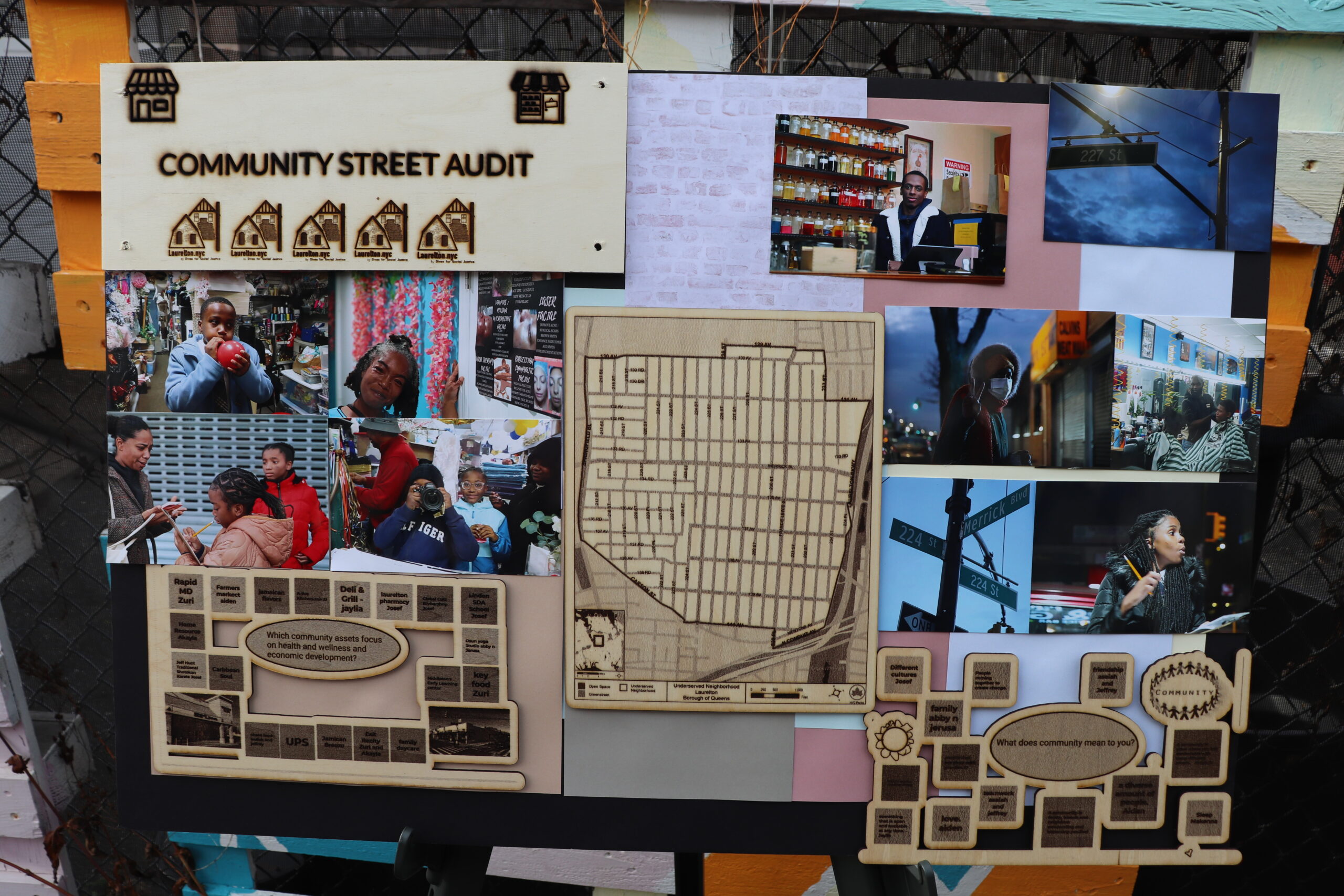By: Cheryl Mitchell, IFTA Certified Group Fitness Instructor
January 2017
You’re at the doctor’s office for your yearly physical. The doctor or the medical assistant wraps the blood pressure cup around your arm. You feel that familiar sensation of pressure from all sides of your upper arm getting more and more intense. Right before your arm feels like it is going to explode, the pressure is released. Two numbers expressed as a fraction, are given to you-systolic over dystolic. But what do these numbers and terms really mean?
Systolic, the number on top, refers to the amount of pressure in your arteries during contraction of your heart muscle. Dystolic, the number on the bottom, refers to your blood pressure when your heart muscle is between beats. Both numbers are important and help determine your heart health. Numbers above the normal range indicate that the heart may be working too hard to pump blood throughout the body.
According to www.heart.org, normal blood pressure in adults is below 120/80mm Hg. An adult with a systolic blood pressure of 120 to 139 has prehypertension, or borderline high blood pressure. Even people with prehypertension are at risk of developing heart disease. A systolic blood pressure number of 140 or higher in adults is considered to be hypertension, or high blood pressure. Be aware that blood pressure in the hypertensive range puts one at higher risk for heart disease and stroke. According to www.WEBMD.com, approximately one in four American adults have high blood pressure.
The medical community is not sure of the exact cause of high blood pressure. However, www.WEBMD.com and www.heart.org lists several factors that may play a role in developing hypertension:
• Smoking
• Being overweight or obese
• Lack of physical activity
• Too much salt in the diet
• Too much alcohol consumption (more than 1 to 2 drinks per day)
• Stress
• Older age (In general, the older you get, the greater your chance of developing high blood pressure)
• Genetics (A tendency to have high blood pressure runs in families)
Race also plays a role. African-Americans are at great risk for developing hypertension. In addition, African-Americans develop high blood pressure earlier in life and their average blood pressures are higher than the blood pressures of Caucasian Americans.
High blood pressure has been called “the silent killer” for a very good reason. Often times people with hypertension experience no symptoms and do not know they have high blood pressure until it is checked with a blood pressure monitor.
What can happen to your body if hypertension is undetected or goes untreated ?
Hypertension can damage blood vessels in various parts of your body. And the longer it’s left untreated, the more likely organs such as your heart, brain, kidneys or eyes will be damaged. This can lead to heart attack, stroke, heart failure, kidney disease, erectile dysfunction, and loss of vision. Please remember: Hypertension is a manageable condition when treated regularly.
Proactive measures:
The following measures can assist you in controlling your blood pressure. Even if you have healthy numbers, you can be proactive in keeping your blood pressure in the normal range:
• Reduce your sodium intake: Experts recommend you consume no more than 2,300 mg per day and adults who already have hypertension should limit their sodium intake to 1,500 mg-Consult with your physician.
• Don’t add salt to your foods: This increases your overall sodium intake.
• Limit processed foods: While also high in sodium, many of these foods are also low in nutritional value.
• Reduce your caffeine intake: Talk to your doctor to see if caffeine sensitivity plays a role in your blood pressure readings.
• Exercise more often: Consistency is key in maintaining healthy blood pressure readings. It’s better to exercise 30 minutes a day, rather than a few hours on the weekends.
• Maintain a healthy weight, or lose weight if necessary: Losing even 10 pounds can make an impact on your blood pressure readings.
• Manage your stress levels: Engage in moderate exercise such as my Cardiodance and Strength Training class, yoga, or even 10-minute meditation sessions can help.
• Reduce your alcohol intake: Depending on your situation, you may need to stop drinking altogether.
• Quit smoking.
My Recommendation:
If you are diagnosed with high blood pressure and/or on prescribed medication to control your high blood pressure, know your numbers. I highly recommend that you obtain a blood pressure monitor for home use so that you can check your blood pressure numbers (your medical doctor will advise you on how often you should check your blood pressure). A good blood pressure monitor has a memory feature that will not only store blood pressure readings but will store the date and time the readings were taken. It is imperative that you share the blood pressure readings with your physician. This will help the doctor determine if the medication you are taking is too strong, not strong enough, or just right for you. Also, inform your doctor if you are experiencing any symptoms (e.g. headaches, dizziness, vision issues, etc.). The company “Omron” makes blood pressure monitors that are easy to use, reasonably priced, and have great memory features.
Personal Note:
Approximately one year ago, I started experiencing headaches some of which felt like migraines about once a week. I told myself I know I work too hard and need to slow down, get more sleep and they should go away. I don’t like taking medication, prescribed or over-the counter unless it is absolutely necessary. After three weeks, the headaches became more intense and more frequent. I finally went to my doctor and shared my symptoms. He diagnosed I had hypertension. He went over with me all of the proactive measures I listed above but explained I still needed to take medication to control it on an ongoing basis. I have been on medication faithfully for almost a year and doing quite well. When I lost weight about six months ago, he reduced the dosage. I am a wife and mother of two. I work a full-time job five days a week and teach or take exercise classes four times a week. With medication, my blood pressure readings have remained in the normal range.
Talk to your doctor about how you can manage your overall health to help prevent the onset of hypertension. If you have been diagnosed with hypertension your physician can help you manage the condition.
While this article focuses on hypertension, the writer acknowledges that low blood pressure is a condition that also needs to be monitored by a physician.
Sources: www.WEBMD.com, www.healthline.com, and www.heart.org
Disclaimer: This article is provided as informational only and should not be relied upon as medical advice.













VERY INFORMATIVE
Such a great article! I also hsve been diagnosed with high blood pressure some years ago after experiencing months of headaches. Im not proud that haven’t been as good with taking my medication daily as prescribed as you but I’m trying to do better. Your article reminded me of the importance of staying on track with my health as well as with my medication. Thanks
Great article Cheryl. Keep up the good work. You know I am still doing my thing at age 84. Still teaching at my senior center. and also performing with my group at various centers, churches etc. Still loving it and blessed to be able to teach and dance. My group is called the Queensbridge Senior Shakers. I am President of the Astoria/LI City NAACP since 1999. My life has been so full. Are you Still at the Payment Center?
Comments are closed.